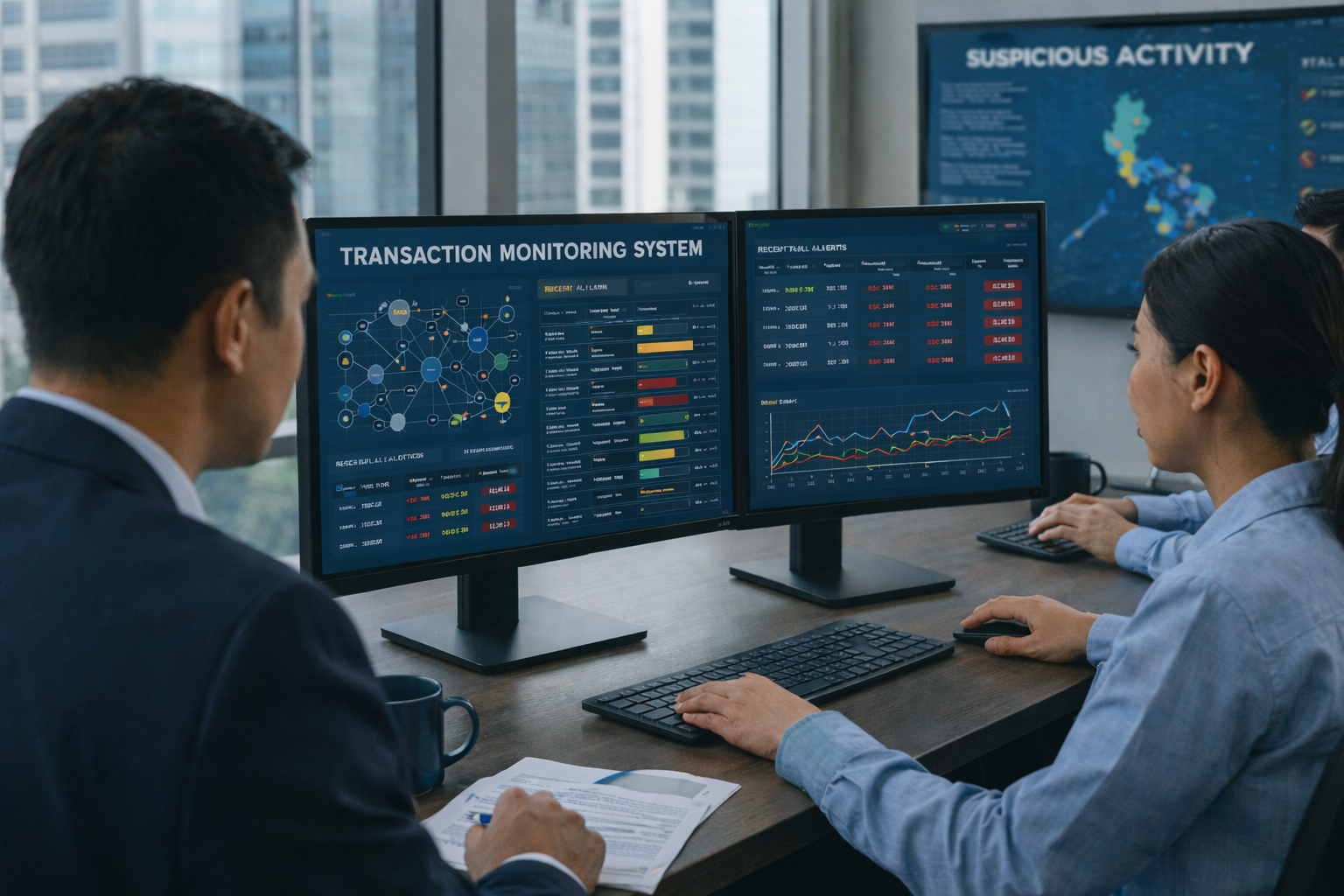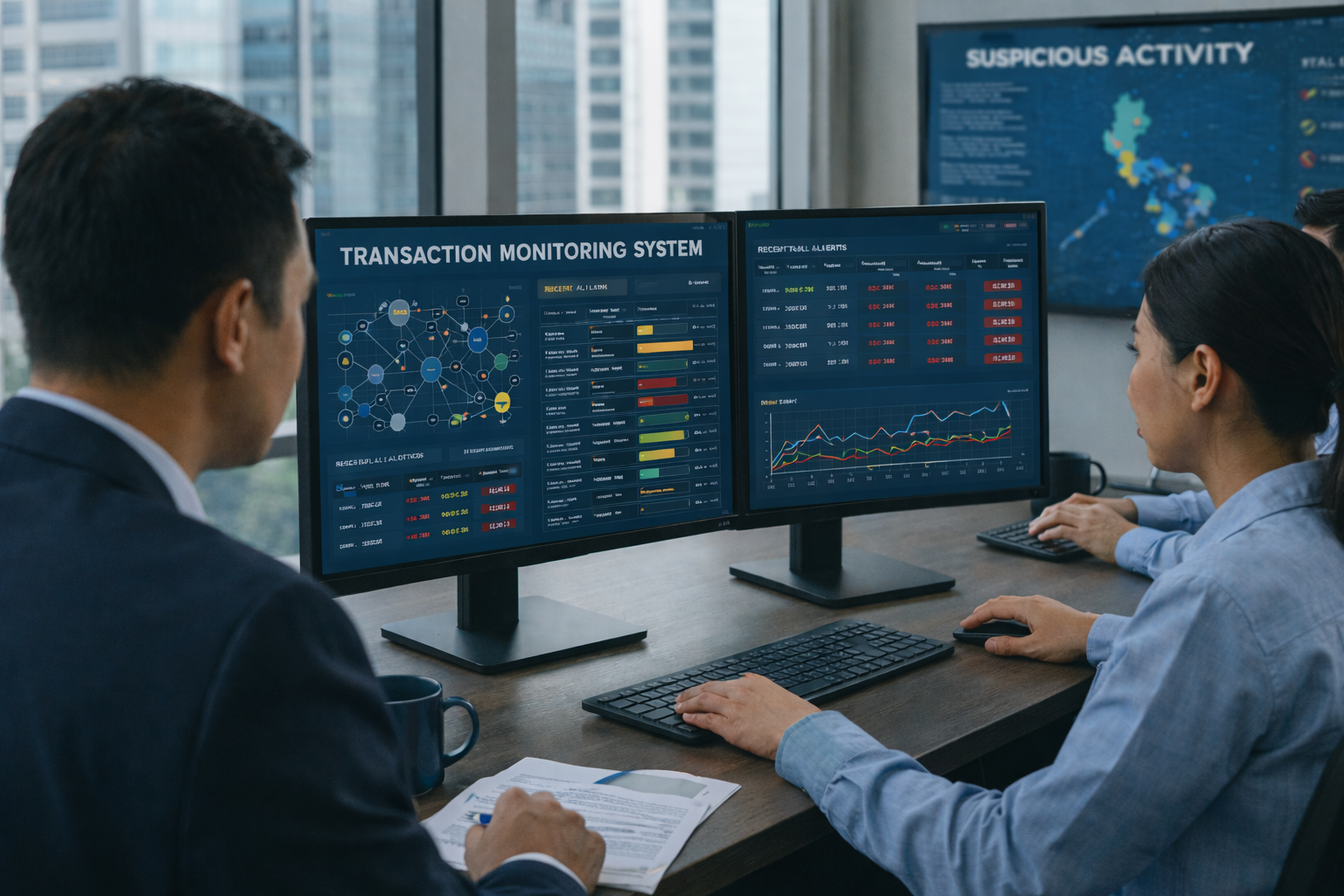Credit Card Fraud in Singapore: Understanding and Preventing It
.svg)
Credit card fraud is a serious issue that affects individuals and businesses in Singapore. With the increase in online transactions and the widespread use of credit cards, it has become easier for fraudsters to carry out their criminal activities. In this article, we will explore how credit card fraud works, the rise of credit card fraud in Singapore, the different types of credit card fraud, online credit card frauds, what to do if you become a victim of credit card fraud, the legal consequences of credit card fraud in Singapore, tips and best practices to prevent credit card fraud, and the role of technology in combating this growing problem.
How does Credit Card Fraud work?
Credit card fraud typically involves unauthorized transactions made using someone else's credit card or credit card details. Fraudsters use a variety of methods to obtain credit card information, such as hacking into databases, phishing scams, skimming devices, and even stealing physical credit cards.
Once they have the credit card details, fraudsters can make purchases online, over the phone, or in physical stores, using the stolen card information. They may also use the obtained information to make counterfeit credit cards.
One common method that fraudsters use to obtain credit card information is through hacking into databases. They target vulnerable systems that store credit card details, such as online retailers or financial institutions. By exploiting security vulnerabilities, they gain access to a treasure trove of credit card information, which they can then use for their fraudulent activities.
Another technique employed by fraudsters is known as phishing scams. They send out deceptive emails or create fake websites that mimic legitimate companies or financial institutions. Unsuspecting victims are tricked into providing their credit card information, thinking they are interacting with a trusted source. Once the fraudsters have this information, they can use it to make unauthorized purchases.
Skimming devices are also a popular tool used by credit card fraudsters. These devices are often placed on ATMs or payment terminals, discreetly capturing the credit card information of unsuspecting users. With this data, fraudsters can create cloned cards or use the stolen information for fraudulent transactions.
In some cases, physical credit cards are stolen directly from individuals. This can happen through pickpocketing or theft from unsecured locations. Once the fraudsters have the physical card in their possession, they can use it to make purchases or extract the credit card information to use for online transactions.
It is important to note that credit card fraud is a serious crime that can have severe consequences for both the victims and the perpetrators. Authorities and financial institutions work tirelessly to combat this type of fraud, implementing advanced security measures and constantly monitoring for suspicious activity. By staying vigilant and taking necessary precautions, individuals can help protect themselves from falling victim to credit card fraud.
The Rise of Credit Card Fraud in Singapore
Singapore, known for its vibrant economy and technological advancements, has unfortunately experienced a significant surge in credit card fraud cases in recent years. The Singapore Police Force, in its annual report, revealed that a staggering 2,782 cases of credit card fraud were reported in 2020 alone, resulting in a collective loss of over SGD 16 million.
This alarming rise in credit card fraud can be attributed to a multitude of factors, each playing a crucial role in facilitating the nefarious activities of fraudsters. One prominent factor is the exponential growth of online shopping in Singapore. With the convenience and accessibility it offers, more and more Singaporeans are turning to online platforms to fulfill their shopping needs. However, this surge in online transactions has inadvertently created a fertile ground for credit card fraudsters to exploit unsuspecting victims.
Another contributing factor to the rise in credit card fraud is the widespread adoption of contactless payment methods. In an effort to streamline transactions and enhance customer experience, businesses across Singapore have embraced the convenience of contactless payments. However, this convenience comes at a price. The ease with which transactions can be made using contactless methods has made it easier for fraudsters to carry out their illicit activities undetected.
Furthermore, the increasing sophistication of fraud techniques employed by criminals has played a significant role in the rise of credit card fraud. As technology advances, so do the methods employed by fraudsters to exploit vulnerabilities in the system. From skimming devices that can clone credit card information to phishing scams that trick individuals into revealing their personal details, these criminals have become adept at adapting to the ever-evolving landscape of technology.
As Singapore continues to strive towards becoming a cashless society, it is imperative that individuals and businesses remain vigilant in safeguarding their financial information. The rise of credit card fraud serves as a stark reminder that while technological advancements bring convenience, they also present new challenges that must be addressed. By staying informed, practicing caution, and adopting robust security measures, we can collectively combat the rising tide of credit card fraud and protect our financial well-being.
Understanding the Different Types of Credit Card Fraud
Credit card fraud can take on different forms, each with its own unique characteristics and challenges. It is important to be aware of these different types to better understand how fraudsters operate and take appropriate measures to protect yourself.
1. Card Skimming
Card skimming involves a criminal attaching a device to a card reader, such as an ATM or a payment terminal, to capture the card's information. This can happen at physical locations or even through mobile devices equipped with card readers. Once the information is captured, it is used to make unauthorized purchases.
2. Phishing Scams
Phishing scams are fraudulent attempts to obtain sensitive information, such as credit card details, by impersonating trusted entities through electronic communication. Fraudsters often send emails or text messages pretending to be banks, credit card companies, or other legitimate organizations, tricking individuals into providing their personal and financial information. This information is then used to carry out fraudulent transactions.
3. Online Transactions Fraud
With the growth of e-commerce, online transactions have become a prime target for fraudsters. They use stolen credit card information or create counterfeit cards to make purchases online. This can result in significant financial losses for individuals and businesses.
4. Identity Theft
Identity theft involves fraudsters stealing personal information, including credit card details, to assume someone else's identity and make unauthorized transactions. This can happen through hacking into databases, stealing physical documents, or using malware to gather information from individuals' devices.
While these four types of credit card fraud are well-known and prevalent, it is important to note that fraudsters are constantly evolving their tactics to stay one step ahead of security measures. For example, card skimming devices have become increasingly sophisticated, making them harder to detect. Some criminals have even started using tiny cameras to capture PIN numbers as they are entered on keypads.
Additionally, phishing scams have become more sophisticated, with fraudsters using advanced techniques to make their emails and text messages appear legitimate. They may include official logos, professional language, and even personal details to make their requests for information seem genuine.
As for online transactions fraud, fraudsters have found ways to bypass security measures such as two-factor authentication and encryption. They may use virtual private networks (VPNs) to hide their true location and make it harder to trace their activities.
Lastly, identity theft has become a global issue, with criminal organizations operating across borders to maximize their profits. They may sell stolen credit card information on the dark web, making it accessible to other criminals who can then use it to carry out fraudulent transactions.
It is crucial to stay vigilant and take proactive steps to protect yourself from credit card fraud. This includes regularly monitoring your credit card statements, using strong and unique passwords for online accounts, and being cautious when providing personal information online or over the phone.
Online Credit Card Frauds
Online credit card frauds are becoming increasingly common in Singapore. Fraudsters take advantage of the ease and convenience of online transactions to carry out their illegal activities. It is essential for individuals to be vigilant and take necessary precautions when making online purchases or providing their credit card information on websites.
One common form of online credit card fraud is the creation of fake websites that resemble legitimate online stores. Fraudsters lure unsuspecting customers to these websites, where they enter their credit card details, only to have them stolen by the criminals.
Another technique employed by fraudsters is the use of phishing emails. These emails are designed to trick individuals into clicking on malicious links or providing their credit card information. By impersonating trusted entities, such as banks or online marketplaces, fraudsters deceive victims into sharing their sensitive information.
Reporting Credit Card Fraud: What to Do if You Become a Victim
Discovering that you have become a victim of credit card fraud can be a distressing experience. However, it is crucial to take immediate action to minimize the damage and prevent further fraudulent activities.
If you notice any suspicious transactions on your credit card statement or suspect that your credit card information has been compromised, it is essential to contact your credit card issuer immediately. They will guide you through the process of reporting the fraud and taking necessary steps to protect your account.
In Singapore, you can also file a police report with the Singapore Police Force's Commercial Affairs Department. This will help authorities in their investigations and increase the chances of apprehending the fraudsters.
The Legal Consequences of Credit Card Fraud in Singapore
Credit card fraud is a criminal offense in Singapore, and those found guilty can face severe legal consequences. Under the Computer Misuse Act and the Penal Code, individuals convicted of credit card fraud can be sentenced to imprisonment and fines.
The severity of the punishment depends on the amount involved in the fraud, the extent of the fraudulent activities, and any aggravating factors. Repeat offenders are likely to face harsher penalties.
Preventing Credit Card Fraud: Tips and Best Practices
While credit card fraud is a growing concern, there are several measures individuals can take to protect themselves and reduce the risk of falling victim to fraudulent activities.
Firstly, it is crucial to safeguard your credit card information. Avoid sharing your credit card details with anyone unless it is a trusted and secure platform. Be cautious when providing your credit card information on unfamiliar websites or through emails, especially when prompted to do so unexpectedly.
Regularly review your credit card statements and transactions. Report any suspicious activities to your credit card issuer immediately and request for any unauthorized charges to be investigated and removed from your account.
Furthermore, be vigilant when using ATMs and payment terminals. Look out for any suspicious devices or attachments that may have been placed on the machines. If you suspect something is amiss, report it to the relevant authorities.
Additionally, consider enabling transaction alerts or notifications on your credit card. These alerts can help you keep track of your transactions and alert you to any unusual activities.
The Role of Technology in Combating Credit Card Fraud
As credit card fraud continues to evolve and become more sophisticated, technology plays a crucial role in combating this growing problem. Financial institutions and technology companies are continually developing innovative solutions to detect and prevent fraudulent activities.
Machine learning algorithms and artificial intelligence are being used to analyze patterns and identify potentially fraudulent transactions. These technologies can help financial institutions detect abnormal behavior and take immediate action to prevent further unauthorized activities.
Biometric authentication methods, such as fingerprint or facial recognition, are also being implemented to enhance the security of credit card transactions. These methods provide an additional layer of protection by verifying the cardholder's identity, making it harder for fraudsters to carry out their activities.
Furthermore, the use of tokenization is becoming more prevalent in securing credit card information. Tokenization involves replacing sensitive card data with unique tokens that are meaningless to fraudsters. Even if the token is intercepted, it cannot be used to make fraudulent transactions.
Final Thoughts
Credit card fraud is a pervasive problem that affects individuals, businesses, and the overall economy. It is essential to be aware of the different types of credit card fraud and take proactive steps to protect oneself. By understanding how credit card fraud works, reporting any suspicious activities, and adopting best security practices, individuals can minimize the risk of falling victim to credit card fraud. Combating credit card fraud requires a collaborative effort between financial institutions, technology companies, and individuals to stay one step ahead of fraudsters and ensure a safer environment for online and offline transactions.
As we navigate the complexities of credit card fraud in Singapore, the need for robust and intelligent fraud prevention tools becomes increasingly clear. Tookitaki's FinCense is at the forefront of this battle, offering an end-to-end operating system of anti-money laundering and fraud prevention tools designed for both fintechs and traditional banks. With the power of federated learning and seamless integration with the AFC Ecosystem, FinCense is adept at identifying and notifying financial institutions about unique financial crime attacks, providing comprehensive risk coverage and high-quality fraud alerts.
Whether it's speeding up customer onboarding, complying with FRAML regulations, screening against various watchlists in real time, or enhancing collaboration across investigation teams, Tookitaki's FinCense suite is equipped to safeguard your financial operations. Don't let credit card fraud undermine your security or your customers' trust. Talk to our experts today and take a proactive step towards a more secure and compliant financial future.
Experience the most intelligent AML and fraud prevention platform
Experience the most intelligent AML and fraud prevention platform
Experience the most intelligent AML and fraud prevention platform
Top AML Scenarios in ASEAN

The Role of AML Software in Compliance

The Role of AML Software in Compliance










